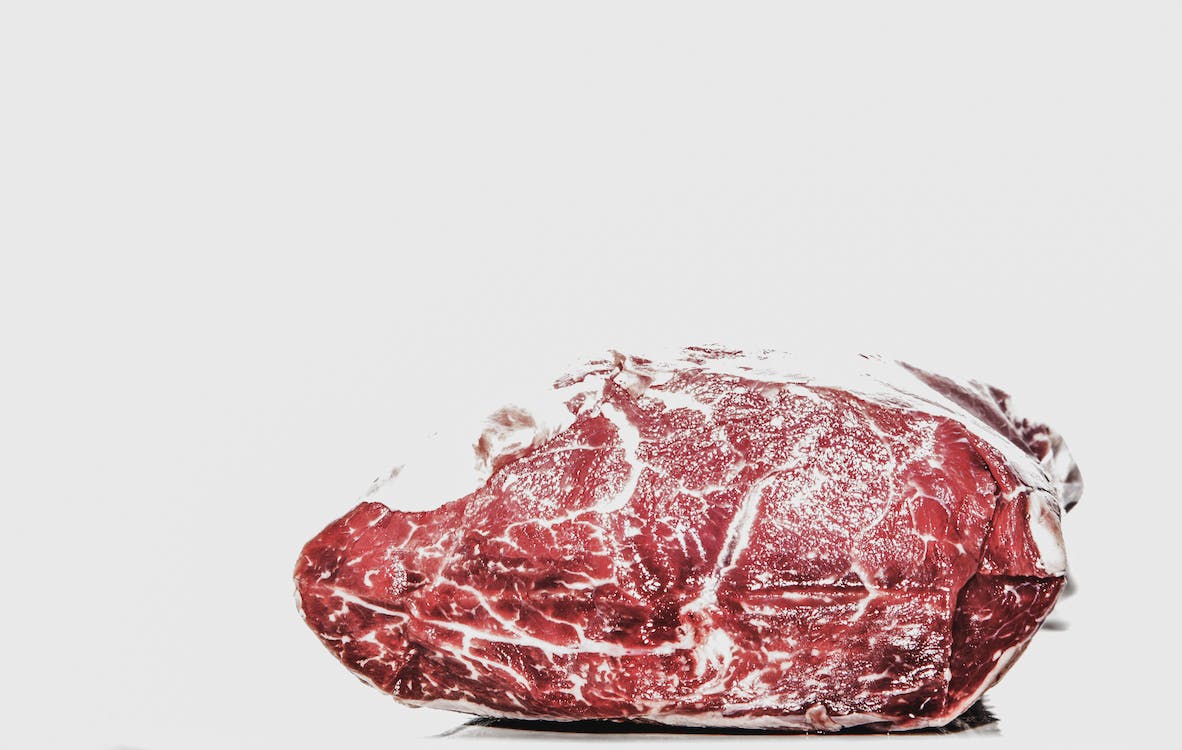If you are familiar with smoking fish or other meats you’ll know that you can get some amazing flavor if done with some care and knowledge. Off-grid people and hunters have been doing this for hundreds of years with little to no modern conveniences or cooking tools. By smoking your own meats, you can also have the enormous benefit of being able to save and preserve the meat or fish for longer periods of time. Often, smoked meat can store for many days depending on the type of meat and smoking method used.
Most people are familiar with the most used ways of smoking meats — cold and hot smoking. Both types of these types of smoking are done the exact same way and basically using the same tools. The only measurable contrast between the two is the amount of heat used. Let’s briefly review the two:
Cold Smoking Fish and Meat
This type of smoking is done using cooler temperatures, and typically accomplished over a longer period of time versus hot smoking. Cold smoking’s goal is to preserve food in a way to provide longer term storage. Cold smoking also requires the meat to have more of a drying compared to hot smoking. In almost all cases, the heat should not actually start to cook meat. Most off-grid and self-sustainable hunters keep their temperatures under the 100 degrees mark, with the average being between 75-85 degrees. Just like hot smoking, cold smoking is usually done using a small shed or container/box. You can also cold smoke in the open air if needed. To do this you simply put the fish or meat downwind of a smoky pile of coals. To finish the process you must keep the meat smoking and air drying for about one full day. To check to see if it is complete, simply check the brittleness of the meat. When it is close to brittle, then it’s done. If you have poor winds or humidity is a factor, you simply complete the first day of smoking, then continue smoking it for a second day.
Hot Smoking Steps & Methods
Much like cold smoking mentioned above, hot smoking uses a small shed or box that traps in the smoke and heat and smokes the meat much more quickly than cold smoking. Depending on the type of heating material you have, the amount of meat, and the size of the box will determine just how long it takes to smoke the meat. Meat and fish cooked using the hot method leaves the meat with a nice smoky flavor. Fish prepared in this manner can last up to a week at room temperature. Many red meats, white meats, and virtually any poultry should be eaten the same day or the next day at the latest.
Flavor Smoked Meat with a Variety of Popular Wood Chips:
Type: Apple Wood (often be found from orchard trees)
Flavor: Apple wood gives the meat a sweeter taste
Uses: Best on poultry and pork
Type: Ash Tree Chips
Flavor: Gives a great, light flavoring
Uses: Good for fish and poultry
Type: Hickory chips (usually has hotter, long-burning coals)
Flavor: Provides a sharp, richer flavor
Uses: Fish, poultry, deer, elk, and other red meats
Type: Maple chips (has longer lasting coals than other woods)
Flavor: Richer tasting meat
Uses: Maple wood chips are excellent for smoking cheeses, fish, and red meat
Type: Oak wood (white oak will turn into long-lasting coals)
Flavor: Heavier wood flavor
Uses: Red oak is often great for pork, ribs, or chicken
There are plenty of other woods to smoke with. It all depends on what’s around you. For example, in Eastern states like North Carolina and Virginia, you can use mountain laurel, Buckeye, and even resinous type woods like cedar (great for any fish), or pine and spruce.
A few pointers about smoking with wood chips are taking into account the heat the chips will put off. This is all dictated by the type of wood chip. For example, since hickory burns for longer, it will often burn for longer.
Some of the types of smoking boxes you’ll see use a small box with slightly damp wood chips sitting on to of a portable burner. Other smoking methods might include a small fire with the type of wood chip you want to use sprinkled over the top of the fire. Depending on the fire’s overall burn rate, you may need to add more tinder or wood chips.
